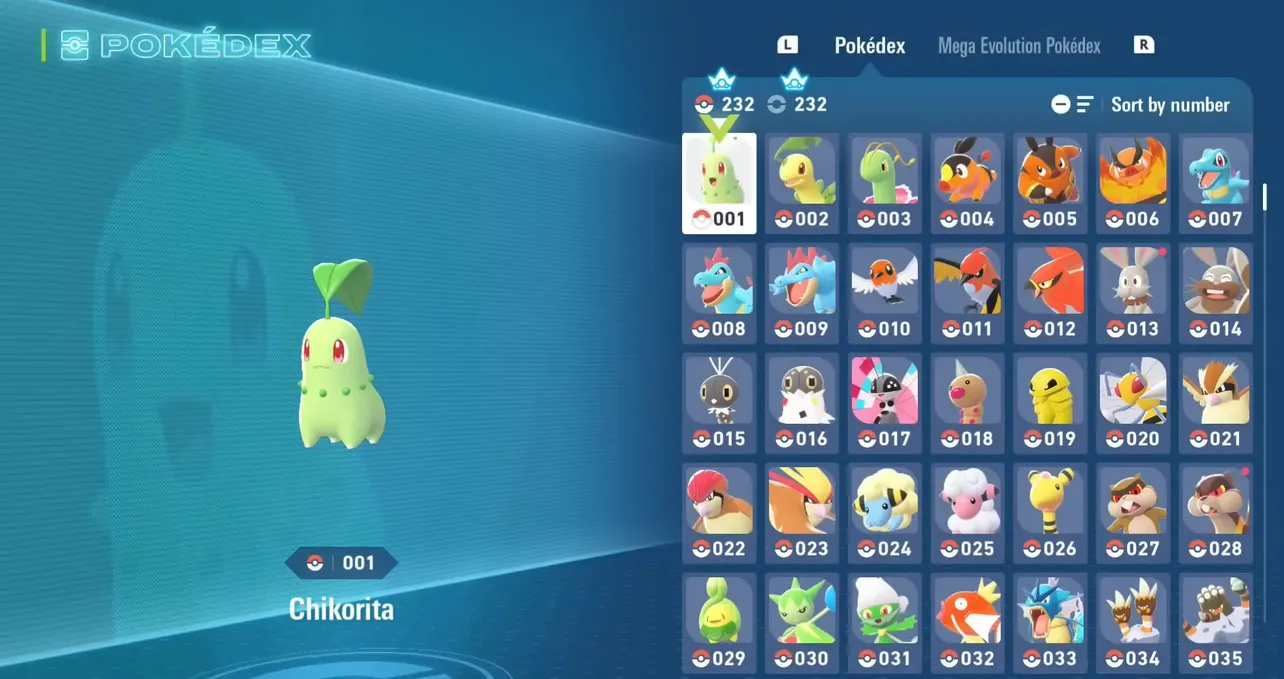Pokémon Legends: Z‑A sets its entire adventure inside Kalos’ Lumiose City and builds a focused regional Pokédex of 230 species. The three first partners are a cross‑gen mix — Chikorita, Tepig, and Totodile — and the broader roster blends Kalos natives with fan‑favorite lines from earlier generations. Expect to encounter Pokémon on city rooftops, down in the sewers, inside labs, and across the surrounding Wild Zones.
How the Lumiose Pokédex works
The 230 entries cover full evolutionary families rather than scattering one‑offs, so you can usually build out chains by catching early forms and evolving. Several late‑story species are tied to main missions, which means you won’t technically finish the Pokédex until the end of the campaign. If you methodically clear habitats and time‑of‑day spawns while you play, cleanup at the end is minimal.
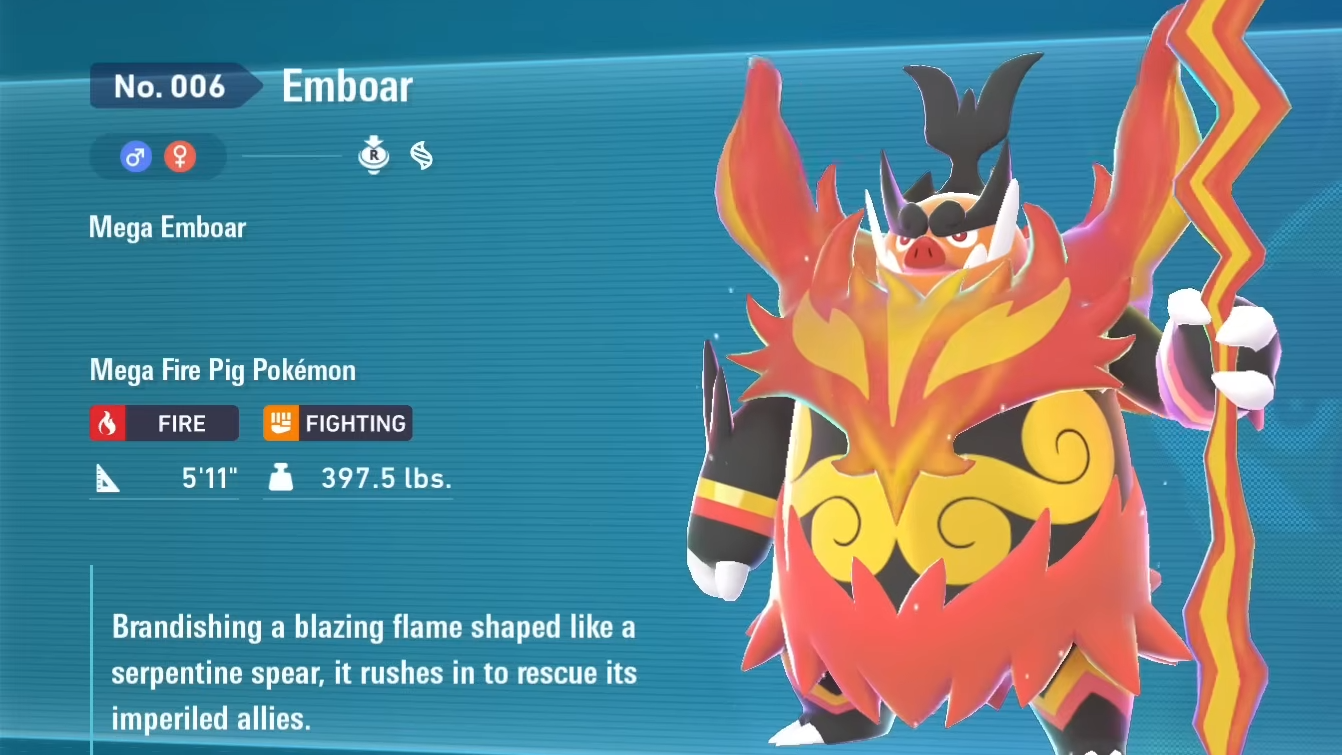
Starter lines and other headliners
Legends: Z‑A features multiple full starter trios. Beyond the three first partners, Kalos’ own starters return, and Kanto’s originals appear as catchable lines.
| Family | Types | Notes |
|---|---|---|
| Chikorita → Bayleef → Meganium | Grass | One of the three first partners |
| Tepig → Pignite → Emboar | Fire / Fire–Fighting | One of the three first partners |
| Totodile → Croconaw → Feraligatr | Water | One of the three first partners |
| Chespin → Quilladin → Chesnaught | Grass / Grass–Fighting | Kalos starter line |
| Fennekin → Braixen → Delphox | Fire / Fire–Psychic | Kalos starter line |
| Froakie → Frogadier → Greninja | Water / Water–Dark | Kalos starter line |
| Bulbasaur → Ivysaur → Venusaur | Grass–Poison | Kanto starter line |
| Charmander → Charmeleon → Charizard | Fire / Fire–Flying | Kanto starter line |
| Squirtle → Wartortle → Blastoise | Water | Kanto starter line |
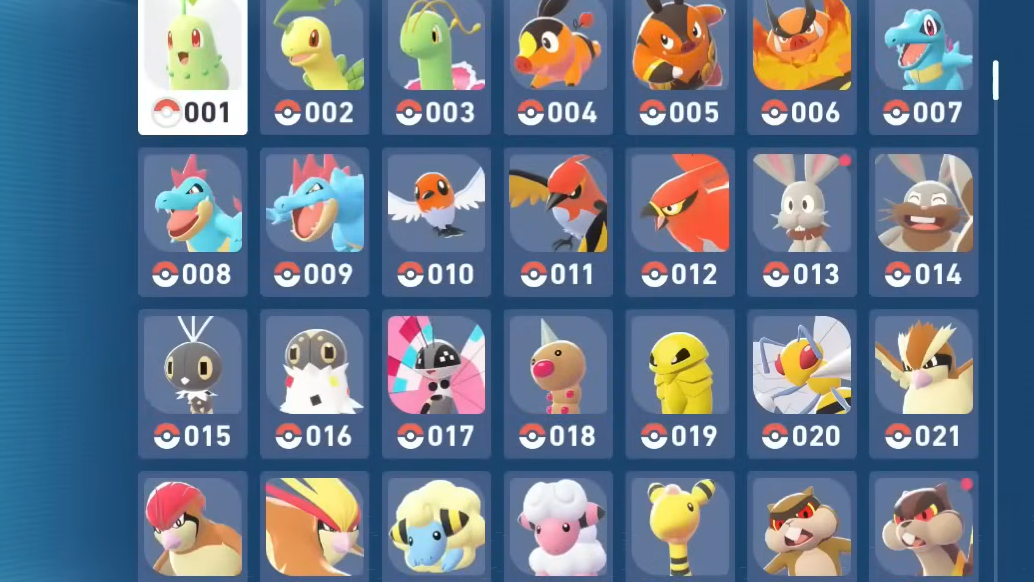
Dragons and other late‑game powerhouses
Lumiose’s dragon coverage spans classic and Kalos‑era lines, plus several pseudo‑legendaries.
| Family | Types | Notes |
|---|---|---|
| Dratini → Dragonair → Dragonite | Dragon / Dragon–Flying | Lives in high places within the city |
| Bagon → Shelgon → Salamence | Dragon / Dragon–Flying | Found in late‑area Wild Zones |
| Gible → Gabite → Garchomp | Dragon–Ground | Full line present |
| Larvitar → Pupitar → Tyranitar | Rock–Ground / Rock–Dark | Full line present |
| Noibat → Noivern | Flying–Dragon | Appears in sewers and city outskirts |
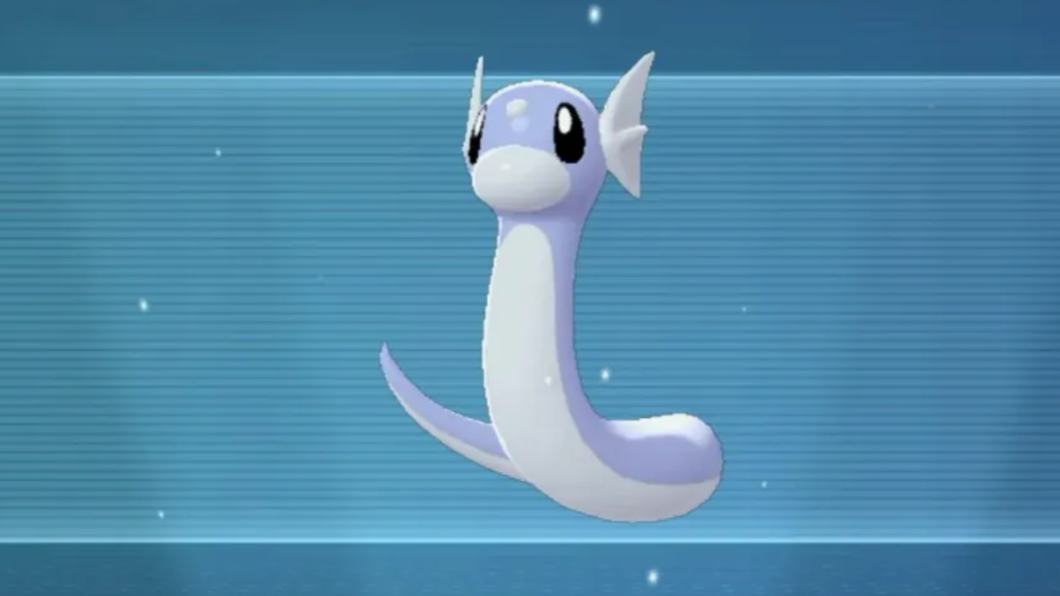
Kalos city flavor: early routes, rooftops, and plazas
The roster leans into Kalos’ identity with avian scouts, city mammals, and local icons that fit Lumiose’s urban core.
| Family or Species | Types | Habitat theme |
|---|---|---|
| Fletchling → Fletchinder → Talonflame | Normal–Flying / Fire–Flying | Rooftops and early Wild Zones |
| Bunnelby → Diggersby | Normal / Normal–Ground | Common near construction areas |
| Scatterbug → Spewpa → Vivillon | Bug / Bug–Flying | Daytime routes and parks |
| Litleo → Pyroar | Fire–Normal | City outskirts |
| Pancham → Pangoro | Fighting / Fighting–Dark | Alleys and greenways |
| Trubbish → Garbodor | Poison | Alleyways and near trash |
| Dedenne | Electric–Fairy | Rooftops and wiring |
| Furfrou | Normal | Boulevards and promenades |
| Klefki | Steel–Fairy | Urban fixtures, sewers |
| Skarmory | Steel–Flying | High places and wind‑swept zones |
| Hawlucha | Fighting–Flying | High perches around the city |
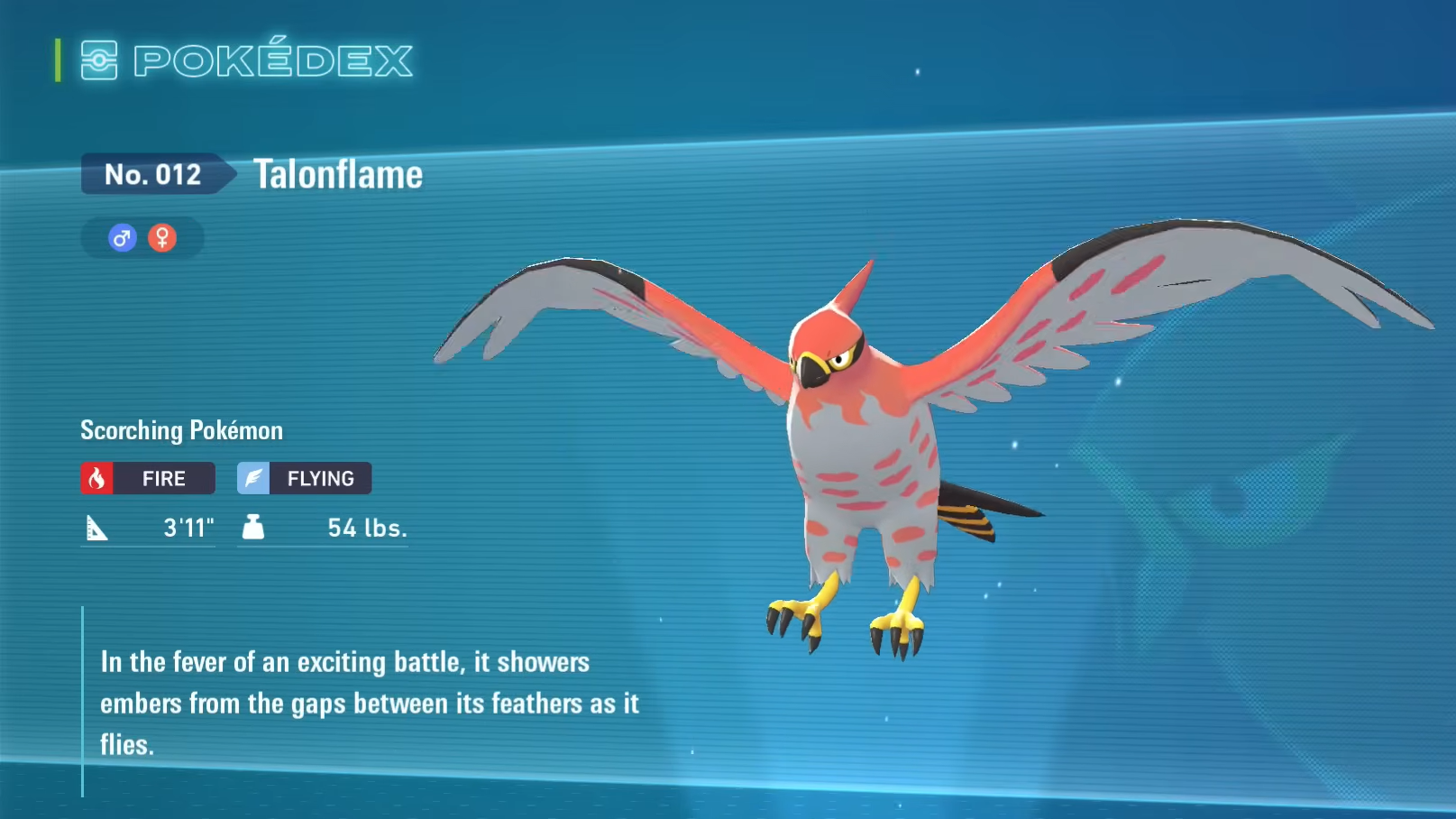
Nightlife and underground: Ghost, Poison, and Dark staples
Head below the streets or explore Lumiose after dark to round out classic Psychic, Poison, and Ghost families, plus a few spooky Kalos lines.
| Family | Types | Habitat theme |
|---|---|---|
| Gastly → Haunter → Gengar | Ghost–Poison | Sewers and nighttime streets |
| Spinarak → Ariados | Bug–Poison | Sewers and low‑light areas |
| Ekans → Arbok | Poison | Industrial edges and facilities |
| Abra → Kadabra → Alakazam | Psychic | Open courtyards and high places |
| Litwick → Lampent → Chandelure | Ghost–Fire | Sewers and dim interiors |
| Phantump → Trevenant | Ghost–Grass | Wooded pockets near the city |
| Pumpkaboo → Gourgeist | Ghost–Grass | Seasonal and nightlife routes |
| Inkay → Malamar | Dark–Psychic | Sewers and waterways |
| Houndour → Houndoom | Dark–Fire | Labs and outskirts |
| Carvanha → Sharpedo | Water–Dark | Urban waterways |
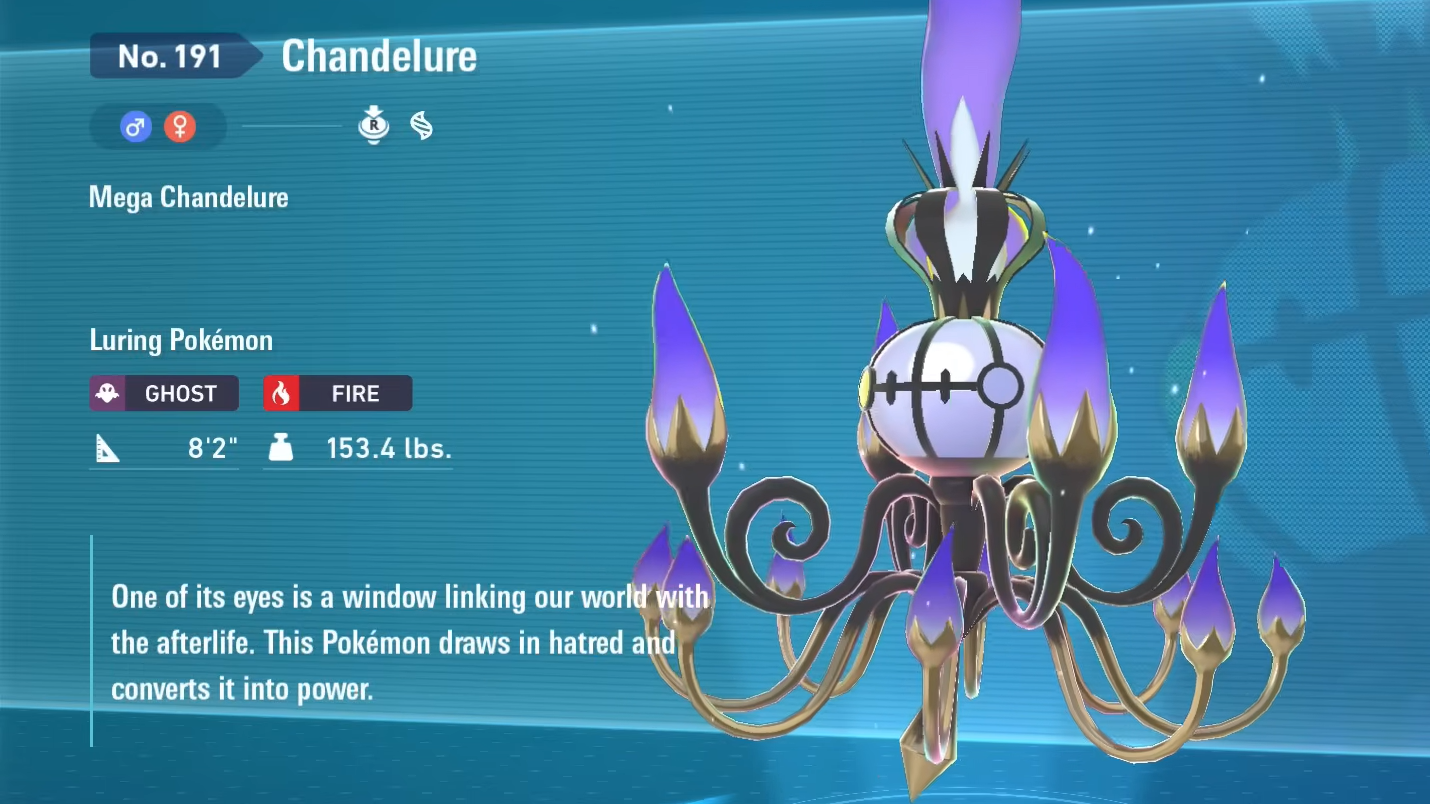
Fossils, steel, and industry
Lumiose’s labs and research centers bring fossil restoration and a cluster of Steel‑type lines into the spotlight.
| Family or Species | Types | Notes |
|---|---|---|
| Aerodactyl | Rock–Flying | Restored from an Amber fossil |
| Tyrunt → Tyrantrum | Rock–Dragon | Restored from a Jaw fossil |
| Amaura → Aurorus | Rock–Ice | Restored from a Sail fossil |
| Onix → Steelix | Rock–Ground / Steel–Ground | Full line present |
| Aron → Lairon → Aggron | Steel–Rock | Full line present |
| Beldum → Metang → Metagross | Steel–Psychic | Appears in Lumiose facilities |
| Helioptile → Heliolisk | Electric–Normal | Sun‑drenched zones around the city |
| Carbink | Rock–Fairy | Found in rocky interior areas |
| Mawile | Steel–Fairy | Full mega‑ready species |
| Sableye | Dark–Ghost | Full mega‑ready species |
| Absol | Dark | Roams high vantage points |
| Riolu → Lucario | Fighting / Fighting–Steel | Evolution line present |
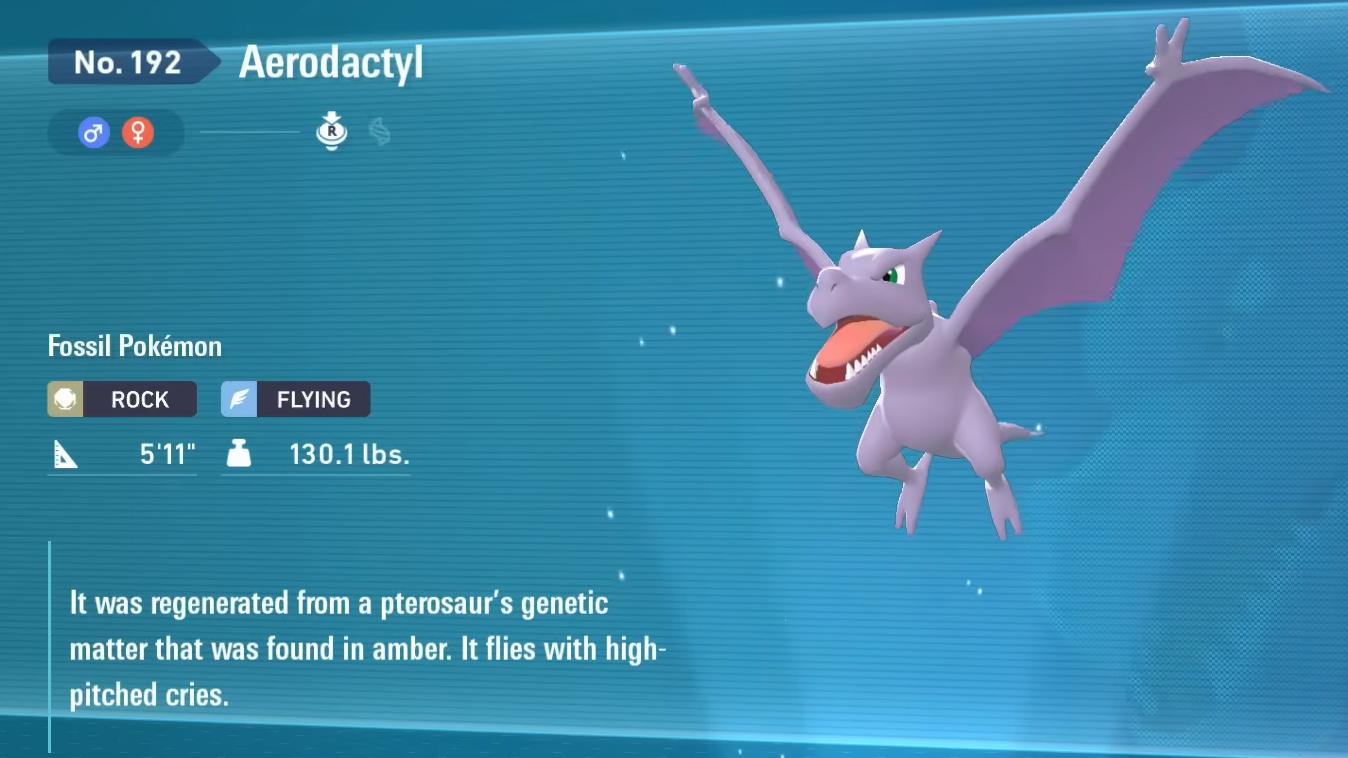
Eevee and all eight evolutions
Eevee is available alongside its full suite of evolutions — Vaporeon, Jolteon, Flareon, Espeon, Umbreon, Leafeon, Glaceon, and Sylveon. As usual, you’ll evolve the base form via stones or friendship conditions, depending on the target form.
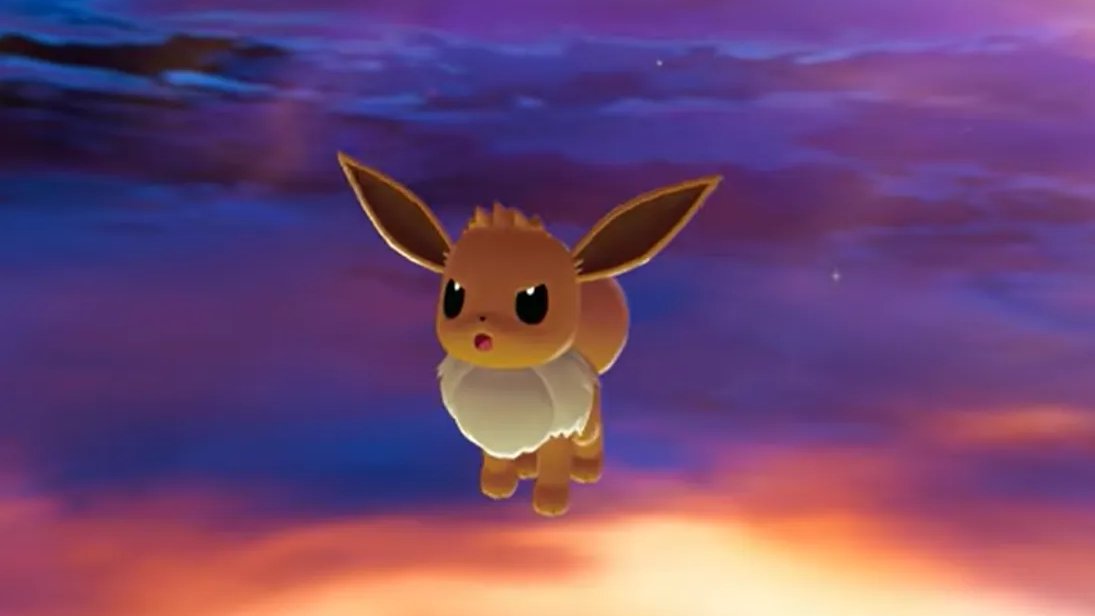
Legendaries and end‑game cleanup
Kalos’ trio — Xerneas, Yveltal, and Zygarde — are present and tied to main missions late in the story. They’re among the final entries most players register, which is why a true Pokédex completion run naturally culminates near the endgame.
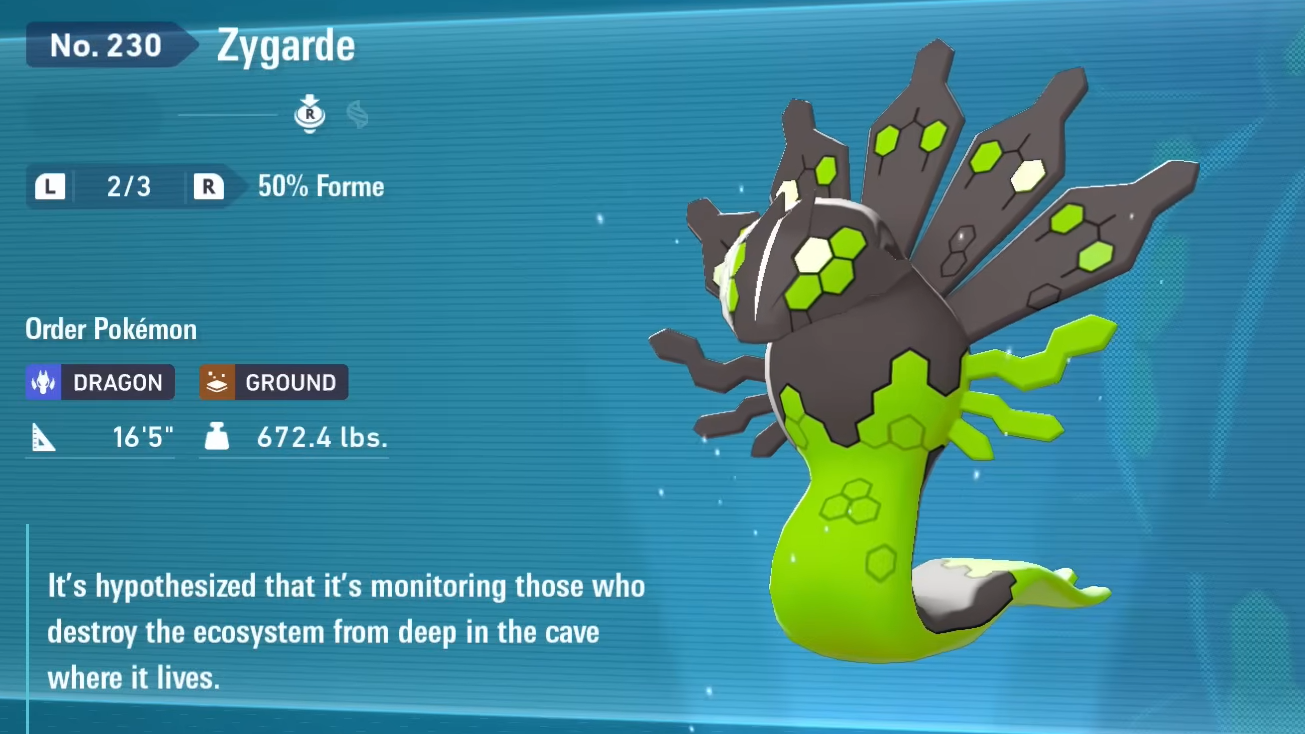
Mega Evolutions in Legends: Z‑A
Legends: Z‑A features 65 Mega Evolutions spanning returning favorites and new forms for species that never mega‑evolved before. Megas do not add new Pokédex numbers, but they materially change battles throughout the campaign and post‑game. Examples include returning options like Mawile, Absol, Garchomp, Tyranitar, Scizor, Pinsir, Medicham, Camerupt, Sableye, Lucario, Gardevoir, and Gallade, alongside new megas such as Meganium, Emboar, Hawlucha, Greninja, Clefable, and Excadrill.
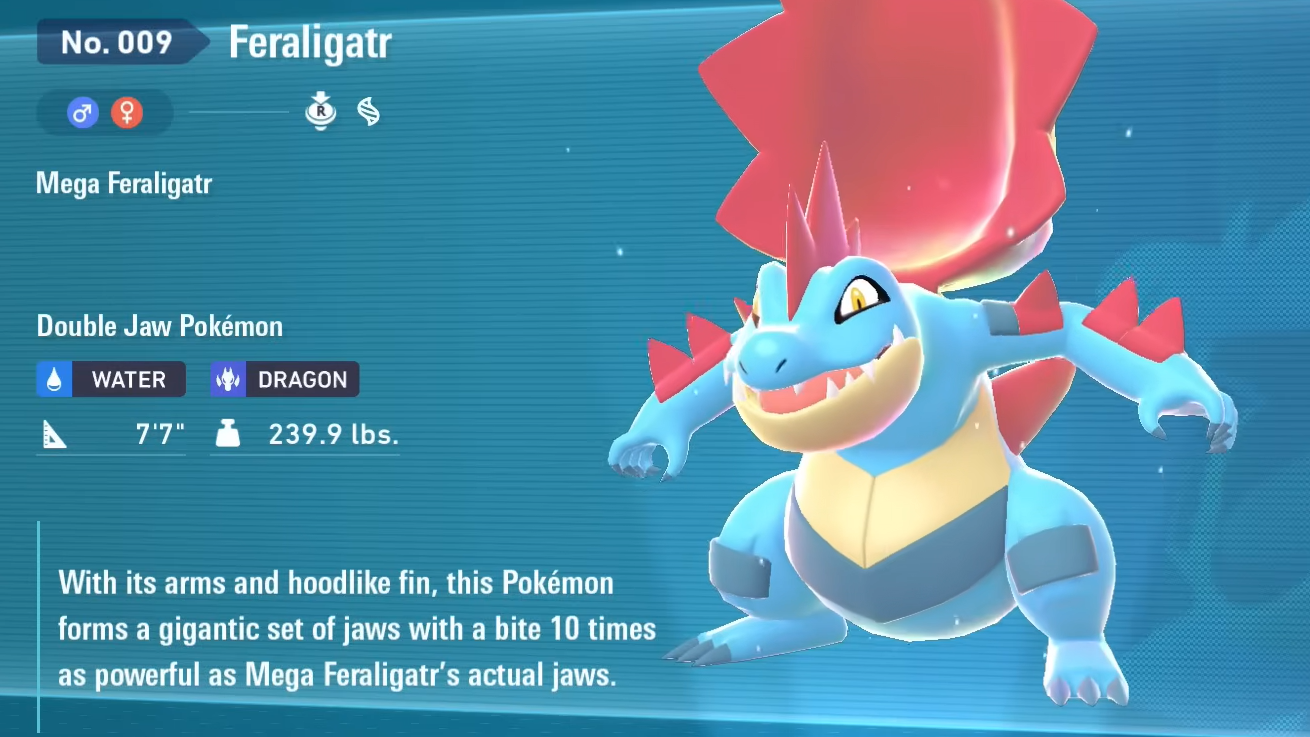
The Lumiose Pokédex is dense but coherent: explore rooftops and sewers by day and night, evolve what you catch, and leave mission‑gated and legendary entries for the finale. With that rhythm, filling all 230 slots becomes a steady drip rather than a late‑game grind.

